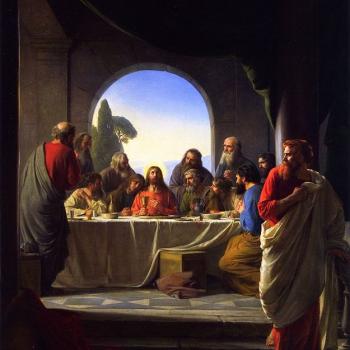9) Outsiders generally view the book as the work of Joseph Smith, influenced by speculations about the origins of the Indians and echoing 19th-century concerns. Mormons point to ancient Near Eastern parallels and the testimonies of eleven men who claimed to have seen the plates. But in the absence of the plates themselves (said to have be taken back by the angel), Latter-day Saints suggest that curious readers can pray to God for spiritual confirmation of the book's truthfulness.
10) The versification in the official edition, added in 1879, can make it difficult to follow the story. My Reader's Edition, which reformats the text into paragraphs, is easier to read and you can skim through the headings for a quick overview of the narrative. But then again, you can often get the official edition for free. Either way, if you only have the time or inclination to read a few chapters, you might start with Alma's conversion story in Alma 36, or King Benjamin's speech in Mosiah 4 on how Christian lives should be characterized by humility, joy, and nonjudgmental assistance to the poor, the hungry, and the sick.
Tales of angels, seer stones, gold plates, and a lost Christian civilization in the Americas can seem ridiculous, but to believers the Book of Mormon represents tangible evidence that God cares for his children in all times and places, that he calls prophets in the modern era just as he did anciently, and that he expects his people to work hard to make the world a better place. As Mormons, we may sometimes fall short of this expansive, inclusive, demanding vision of God's plan for humankind, but it's a happy ideal that might well inspire singing and dancing. Give our regards to Broadway!




